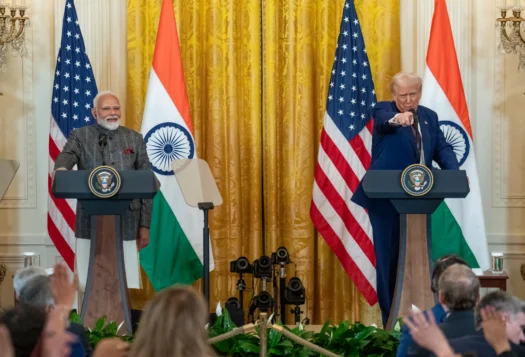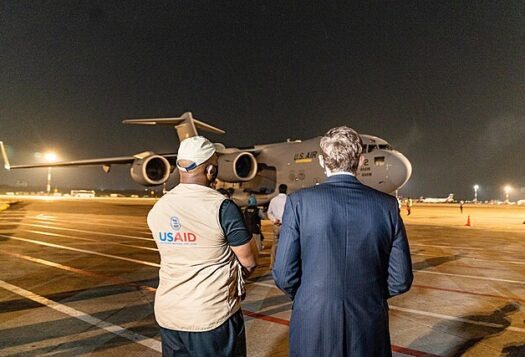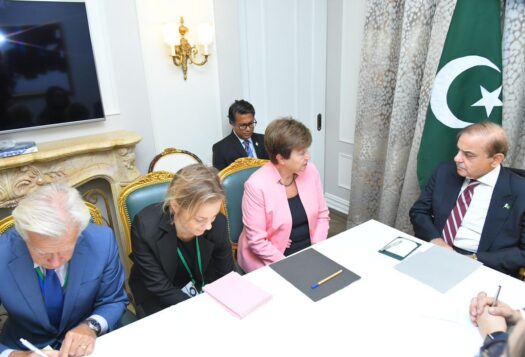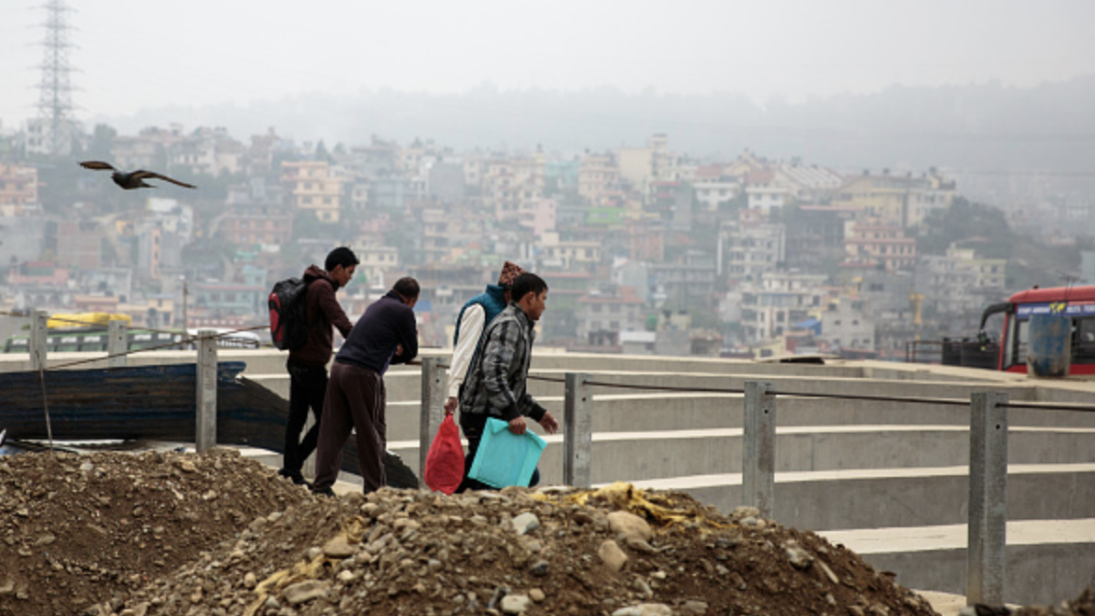
At the 40th plenary of the 76th session of the United Nations in February 2021, the UN General Assembly recommended graduating Nepal from Least Developed Country (LDC) status to Developing Country (DC) in 2026. Though Nepal originally planned to graduate in 2022 and consecutively met the UN review criteria in 2015 and 2018, development faltered following the 2015 earthquake and COVID-19 pandemic.
Nepal is once again close to achieving this major recognition, marking the country as self-reliant and demonstrating its development progress. At the same time, graduating from DC may endanger Nepal’s economy by removing certain safeguards attached to LDC states, such as financial assistance, interest-free loans, and loan adjustment programs from the United Nations, World Bank, International Monetary Fund, and other international organizations. For instance, Nepal enjoys duty-free markets in the developed world due to the Generalized System of Preference (GSP)—under the aegis of the United Nations Conference on Trade and Development (UNCTAD), which it may also lose with graduation. As Nepal prepares to sacrifice international protections for DC status, it must address weaknesses in its economy. First, Nepal must improve its domestic industry by increasing textile manufacturing, integrating technology in its trade, and addressing political issues and concerns, which can also remedy its existing import-to-export imbalance.
To fulfill its economic potential ahead of its advancement to DC status, Nepal must overcome its landlocked position to secure foreign direct investment, expand trade with neighboring and Western countries and fix longstanding issues in its manufacturing sector.
Focusing on Domestic Industry
In 2021, Nepal’s GDP stood at USD 36.3 billion, primarily composed of agriculture, services, industry, remittances, and tourism. Though Nepal’s industrialization is evident by its decreasing agricultural input to its GDP, its heavy reliance on remittances illustrates the fragility of the economy, which was especially visible during the COVID-19 pandemic. Policymakers in Nepal have often advocated increasing Nepal’s industrial output to increase the stability and size of the economy. However, due to inadequate industrial planning, Nepal’s industry and manufacturing sectors contribute less than 15 per cent to its GDP.
…Nepal must overcome its landlocked position to secure foreign direct investment, expand trade with neighboring and Western countries and fix longstanding issues in its manufacturing sector.
One way Nepal can expand its manufacturing sector is to improve its textile industry. Nepal’s textile industry has seen considerable growth in recent years, and products – like carpets – have seen massive demand in the United States and Europe. Scaling up the manufacture of these textile products can generate employment and increase exports to Western markets.
Nepal also needs to improve its technology to track the manufacture of necessary country-specific exports. It can also provide real-time data on its local produce and integrate it with the global import market for interested importers. For instance, Nepal is among the few countries manufacturing Pashmina Shawls, which is in high global demand. Therefore, data on importer countries’ specific needs would be useful for Nepalese manufacturing.
While focusing on domestic industrial development, Nepal will have to address the lack of political will from policymakers and the government to innovate its economy. Since the advent of democracy in 2006, Nepal has seen more than ten prime ministers, and no government has been able to chalk out a long-term national plan. Therefore, Nepal must achieve political stability to enhance its domestic industrial capacities.
Attracting Foreign Direct Investment
Nepal requires considerable investments to establish new industries and develop the existing ones. Therefore, attracting Foreign Direct Investment (FDI) is critical to Nepal’s overall economic development. However, Nepal has historically been unable to attract significant investors aside from India and China, whose motivations are primarily driven by security priorities, given Nepal’s strategic position. Investors have often stepped back from their FDI commitments in Nepal due to unfriendly laws and political instability. Nepal’s significant reliance on India and China for investment often puts the country in a geopolitical bind. Though Nepal has limited areas for investment, FDI in Nepal’s tourism and hydropower sectors can provide more for economic progress.
In addition to Nepal’s geopolitical competition, sluggish approvals through various channels, risk management, and local politics primarily demotivate foreign investors. In 2019, Nepal introduced Foreign Investment and Technology Act to structuralize the single window system. However, the act has not seen full-scale implementation, and it still takes longer than expected to get approvals to coordinate among the different ministries. Similarly, the lack of infrastructure, like providing land and quality roads, is yet another challenge before the investors. However, a USD 500 million grant from the United States to Nepal under the Millennium Challenge Corporation (MCC) will focus on building and renovating road infrastructure and installing electricity transmission lines close to the India border—enabling Nepal to export electricity to India—will boost hydropower sector of Nepal.
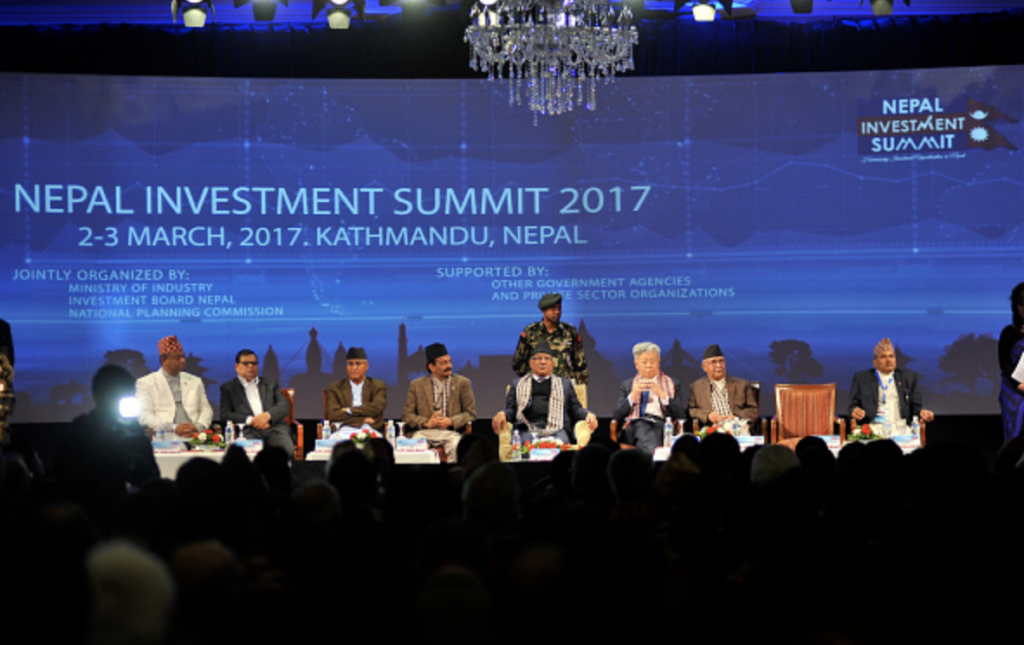
Realizing Bargaining Potential
As Nepal attracts more foreign direct investment, it must take advantage of its geographic location to export to the large markets of India and China and hedge between both countries. Nepal’s location between India and China offers it an opportunity to make a better bargain. However, the Nepali government has not acted due to domestic infighting between pro-China Communist parties and the Nepali Congress-led coalition towards India. Nepal must ensure political leanings toward India and China do not hamper the investment trajectory.
Nepal’s largest trading partner is currently India, with a 1:3 ratio contributing to a large trade deficit. With its graduation to DC status, Nepal will still enjoy deep trade ties with India—though this relationship will continue to be imbalanced due to preferential trade and the existing ‘Zero Duty’ for selected items with India.
Nepal can boost its FDI inflows through more active engagement at the United Nations, WTO, and other multilateral platforms. It can also use its Observer status in the Shanghai Cooperation Organization to ensure more FDI inflow, as SCO countries account for more than 35 percent of the global GDP. Nepal will have an opportunity to seek more investments from the Central Asian countries through SCO—in addition to investments from neighboring countries, which will help Nepal expand its global market outreach.
Nepal’s graduation to DC must be celebrated by building an institutional framework that provides a friendly ground for third-country investments and utilizes Nepal’s geographical location.
Enthusiasts of boosting Nepal’s ties with neighboring countries have advocated focusing less on the country’s “land-locked status and emphasized its ‘land-linked’ identity. While the land-linked concept has permeated many academic and strategic discussions within and outside Nepal, it has never convinced policymakers. For instance, Bangladesh is interested in investing in Nepal’s tourism and hydropower sectors, but it does not get the same welcome from the Nepali government as India and China. Bangladesh would also need India’s cooperation to establish land connectivity with Nepal. Consequently, India can act as a bridge between Nepal and Bangladesh on the hydropower front by extending its power transmission lines to Bangladesh to help import power from Nepal. Since Nepal aims to become a net-electricity supplier by 2023 to India and other neighboring countries, connecting transmission lines through India to Bangladesh should be the topmost priority for the Nepali government. To achieve this, the government should implement a mutually-beneficial model for all the parties involved. Land connectivity with Bangladesh via India can also offer access to more ports for its third-country trade.
Conclusion
Nepal’s graduation to DC must be celebrated by building an institutional framework that provides a friendly ground for third-country investments and utilizes Nepal’s geographical location. However, Nepal must also pay heed to its industrial development and build infrastructure to ensure and attract investors. Infrastructure development must also be the cardinal factor to ensure more FDI inflows to Nepal. Once these concerns are addressed, Nepal can then utilize multilateral platforms to diversify its investors from India and China. Above all, Nepal must focus on realizing its bargaining potential emanating from its geographical location between India and China. Additionally, U.S. participation in Nepal’s infrastructure development through MCC and trilateral cooperation between Nepal, India, and the United States are bright spots for the Nepalese economy.
***
